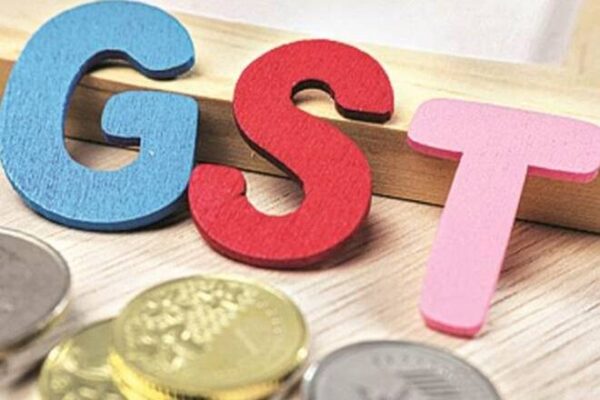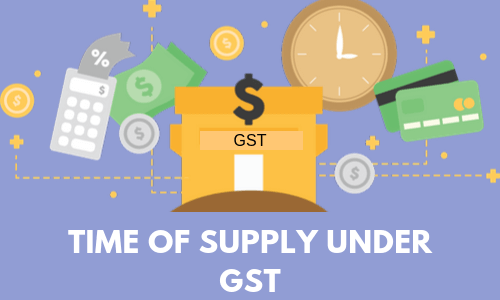From 1st August 2023, in light of Notification No. 10/2023–Central Tax dated 10th May 2023 the e-invoicing is mandatory for businesses with annual aggregate turnover of over Rs.5 crore in any previous financial year from 2017-18.
GST e invoicing applies to-
- Tax invoices,
- Debit notes,
- Credit notes, and
- Invoice-cum-bill of supply
The e invoicing system covers transactions such as-
- Taxable Business-to-Business (B2B) supply of goods or services,
- Business-to-Government (B2G) supply of goods or services,
- Export sales, and
- Sales falling under the Reverse Charge Mechanism (RCM)
The e-invoicing is not applicable to the below documents, transactions and businesses-
- Exempted sales for which the bill of supply is raised,
- Imports,
- Job works,
- Delivery challans
- Banks, financial institutions, and insurance companies
- Exhibiting cinematographic films on multiplex screens
- Non-banking financial companies,
- Goods transportation and passenger transportation agencies,
- Units in SEZ or special economic zones, and
- Government departments.
It may be noted here that for major businesses with aggregate turnover of more than Rs 500 crore, e-invoicing was initially adopted from October 1, 2020. On January 1, 2021, businesses with annual revenues over Rs 100 crore were required to do the same. Beginning on April 1, 2021, businesses with annual sales of more exceeding Rs 50 crore began creating B2B e-invoices. The threshold was lowered to Rs 20 crore as of April 1, 2022. As of October 1, 2022, the threshold was further lowered to Rs 10 crore and now same has been further lowered to Rs 5 crore.
For businesses, consequences of non-generation of e-invoice or non- compliance are that the business entity could face a penalty of 100% of the tax due, penalties of up to ₹10,000 per missing invoice & ₹25,000 per incorrect invoice, delayed payments and GST withholding.
Also Read: FAQs on GST e-invoicing
ACES-GST backend application for Central Tax Officers now includes an automated return scrutiny module for GST returns, according to a related piece of GST news from CBIC. Nirmala Sitharaman, the union minister for finance and corporate affairs, gave instructions to launch an automated return scrutiny module for GST returns as soon as possible at a recent evaluation of the CBIC’s performance.
Earlier, CBIC rolled out the Automated Return Scrutiny Module for GST returns in the ACES-GST backend application for Central Tax Officers in order to deploy this non-intrusive method of compliance verification. According to a press release, this module would allow the officers to examine the GST returns of Centre Administered Taxpayers who have been chosen based on data analytics and system-identified hazards.
The module displays discrepancies to the tax officials due to risks linked with a return. According to the press release, tax officers are given a workflow for communicating with taxpayers via the GSTN Common Portal regarding discrepancies discovered under FORM ASMT-10, receiving a taxpayer’s response in FORM ASMT-11, and taking action in the form of either issuing an order of acceptance of reply in FORM ASMT-12, issuing a show-cause notice, or starting an audit or investigation, the release said.
****
Don’t miss the next Tax Update / Article / Judicial pronouncement
Subscribe to our newsletter for FREE to stay updated on GST Law
Resolve your GST queries from national level experts on GST free of cost
TW Editorial Team comprises of team of experienced Chartered Accountants and Advocates devoted to spread the knowledge of GST amongst the various stakeholders.




